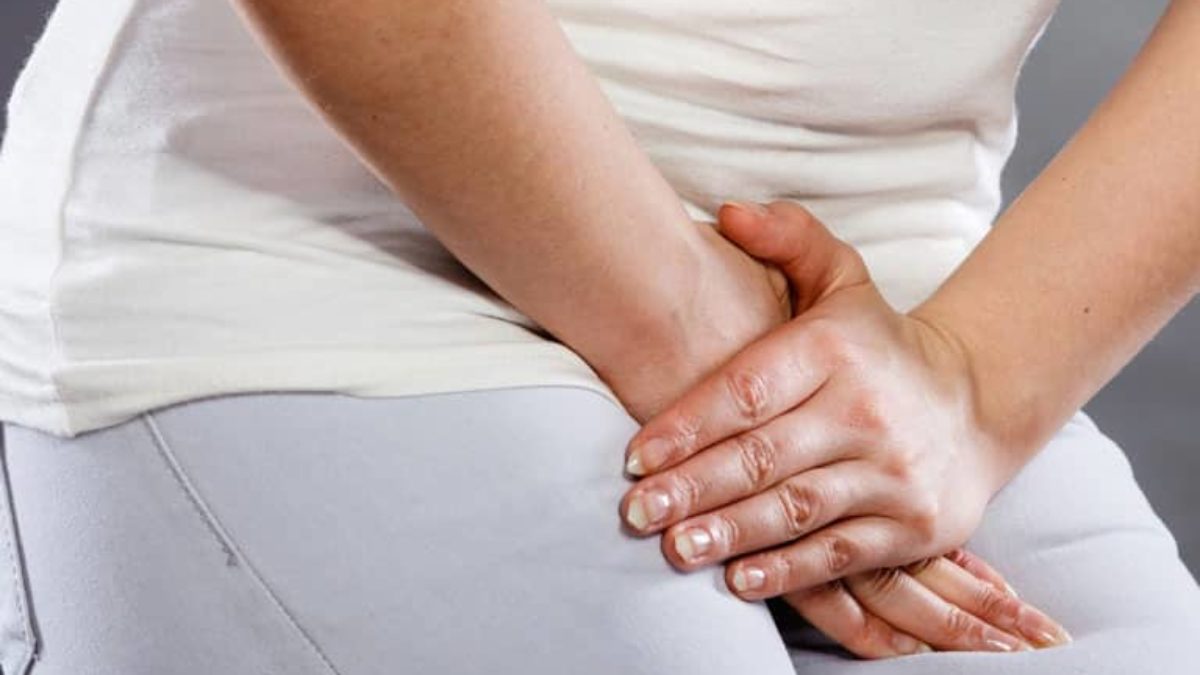Urinary Incontinence
Urinary incontinence, which has four forms as urge incontinence, stress incontinence, mixed-type incontinence and overflow-type incontinence, is a commonly observed problem mostly seen in women rather than men which affects the social life and quality of life of individuals severely due to the lack of adequate bladder control. In many patients, good results are possible after simple lifestyle changes and simple medical treatment.
The causes of urinary incontinence may include ageing, menopause, labor, diabetes, obesity, genetics and systemic diseases, whereas alcohol consumption, excessive fluid intake, diuretics, various medications, urinary tract infections and constipation may increase the symptoms of existing incontinence or cause temporary incontinence in normally healthy individuals.
In diagnosing urinary incontinence, taking a thorough medical history (anamnesis) is very important for determining the type and severity of urinary incontinence. Anamnesis is followed by physical examination, which is vital in the diagnosis of urinary incontinence. Twenty-four-hour urination history is also requested from the patient. This is a form where answers are written down regarding fluids taken daily and the frequency and amount of urination. This history helps the physician for the diagnosis and treatment. Other necessary tests include urine analysis, postvoiding residue (PVR) measurement and urodynamic tests. Incontinence treatment is planned in accordance with the type and severity. Conservative treatments, various medical or surgical treatments should be individualized based on the medical needs of the patient.
Conservative Treatments
The purpose here is to strengthen the bladder muscles and the pelvic floor muscles lifting the bladder. Bladder exercises involving delaying urination by holding it for a while, pelvic floor muscle training involving Kegel exercises, electrical stimulation involving anal and vaginal electrodes and medication involving estrogen to increase blood flow and anticholinergic and/or tricyclic antidepressants to increase the capacity of the bladder may be listed among the conservative treatment options.
Surgical Treatment
Surgical treatment is preferred especially for the stress type of incontinence. Surgery can be conducted in the abdominal area with open surgery, laparoscopically or vaginally. The most common option involves ‘sling’ operations developed thanks to advancement in surgical techniques and synthetic mesh technology today which are conducted mostly for the stress and mixed types of urinary incontinence. The common aspect of sling operations is that they are based on forming a pelvic sling by going under the urethra or the bladder neck and supporting the bladder neck and the urethra (TVT, TOT and Mini Sling). The patient can be released one day after the operation and go back to their daily routine right away. The popularly preferred TOT (transobturator tape) operation (TRANSOBTURATOR TAPE) operation is performed through a 1-2-cm-long section under the urethra vaginally with a success rate over 90%. Among other types of surgical procedures, the MMK, Burch-Marshall Marchetti Krans or Burch operation can be performed laparoscopically.

Working Hours
- Mon-Thu 08:00 - 20:00
Friday 07:00 - 22:00
Saturday 08:00 - 18:00
Contact Info
- +90 (850) 303 8 303
- info@alarahealthgroup.com







